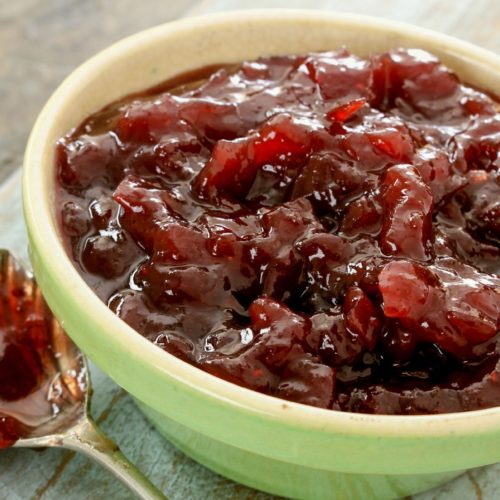It is estimated that 18 million Americans have type 2 diabetes, and the number is increasing. Researchers at the Harvard School of Public Health have noted that the consumption of white rice has also increased drastically. These researchers found that eating five or more servings of white rice per week increases the chance of developing type 2 diabetes.
Conversely, Dr. Qi Sun, an instructor at Brigham and Women’s Hospital in Boston, discovered that replacing 50g of white rice with an equal amount of brown rice lowers the risk of type 2 diabetes by 16% (Brown Rice vs. White Rice: Which is Better? Bill Hendrick, Web M.D. Health News, June 14, 2010).
Impact of Replacing White Rice with Whole Grains
It is also important to note the study found that replacing white rice with other whole grains such as barley and wheat resulted in a 36% reduction in the occurrence of type 2 diabetes. The study mentioned above suggests brown rice benefits when included regularly in meals.
In three studies conducted by the Health Professionals Follow-Up Study and the Nurses’ Health Study I and II, scientists studied rice consumption and compared it to diabetes risk in 39,765 men and 157,463 women.
Adjustments were made for age, lifestyle, and dietary risk factors. They found individuals who ate five or more servings of white rice had a 17% increase in their risk of diabetes. Their research also found that eating two or more servings of brown rice per week resulted in an 11% reduced risk of type 2 diabetes. This study is another strong indicator of brown rice benefits (Ibid).
Glycemic Index and Nutritional Differences
The difference between the two types of rice is a difference in what is termed the glycemic index. The glycemic index measures how quickly a certain food raises blood sugar levels. The studies mentioned above found that white rice has a higher glycemic index than brown rice. This is believed to be due primarily to the refining process. When brown rice is refined, there is a loss of fiber, vitamins, and minerals such as magnesium. Brown rice also contains essential nutrients such as lignans, phytoestrogens, and phytic acid.
All of these minerals and nutrients are believed to aid in the prevention of type 2 diabetes. Whole grain foods have also been shown to possess compounds that lower blood pressure and prevent cancer (Ibid).
Understanding Insulin Resistance and Type 2 Diabetes
The underlying cause of type 2 diabetes is believed to be insulin resistance. The body’s cells become resistant to the insulin produced by the pancreas. Insulin is necessary to transport glucose into the cells. As the body ages, the cells become resistant to insulin, and they require more insulin for this transport process.
When a food with a high glycemic index such as white rice is ingested, the blood glucose level spikes, which requires a high amount of insulin. The increased insulin in the bloodstream results in a drop in the blood glucose. These spikes and drops cause damage to the peripheral nerves and blood vessels, resulting in damage to the eyes, kidneys, heart, and lower extremities.
Challenges and Solutions for Preparing Brown Rice
While the benefits of brown rice seem evident, preparing it can prove challenging. Brown rice provides more fiber than white rice and requires more water and a longer cooking time.
A possible alternative to conventional preparation is to use a digital rice cooker. Rice cookers contain an inner pan that sits on an element. Certain amounts of rice and water are added to the cooker. The cooker senses when the rice is cooked by the temperature of the inner pan. This eliminates much of the guesswork in preparing the rice.
Enhancing Brown Rice with Flavor
Vegetables and sauces can also be added to enhance flavor. Eating brown rice not only increases an individual’s chance of preventing diabetes but can add a tasty addition to any meal. For some tasty recipes and more information, be sure to check out The Big Beautiful Brown Rice Cookbook by Wendy Esko.











